A flash heating technique breaks down plastic waste and converts it to pure hydrogen and graphene with significantly less emissions and at a low cost.
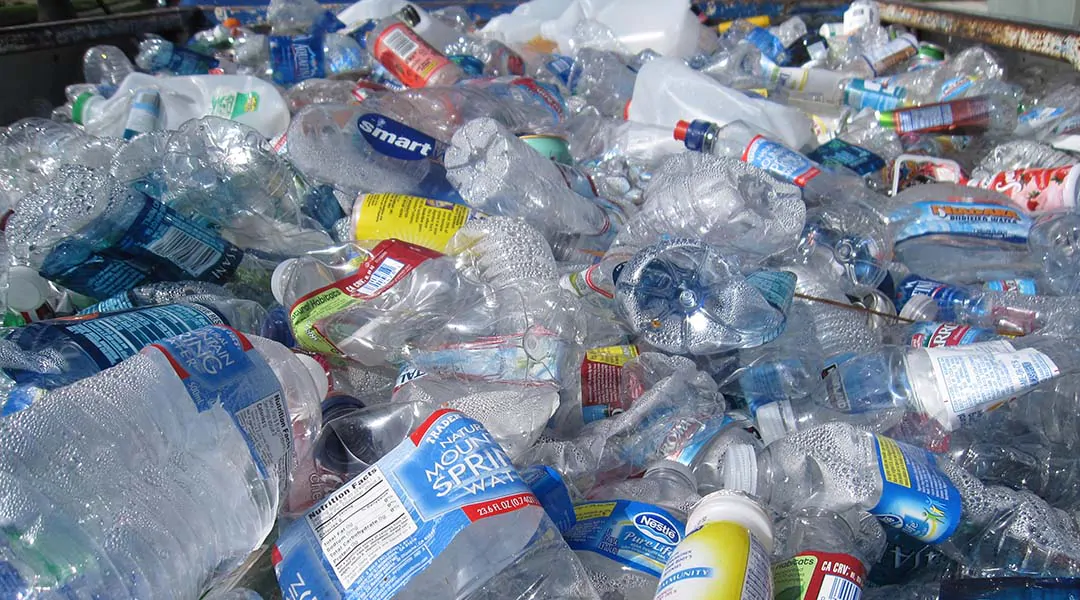

A flash heating technique breaks down plastic waste and converts it to pure hydrogen and graphene with significantly less emissions and at a low cost.

An acid sensitive hydrogel makes it possible to detect dangerous leaks before they cause damage.
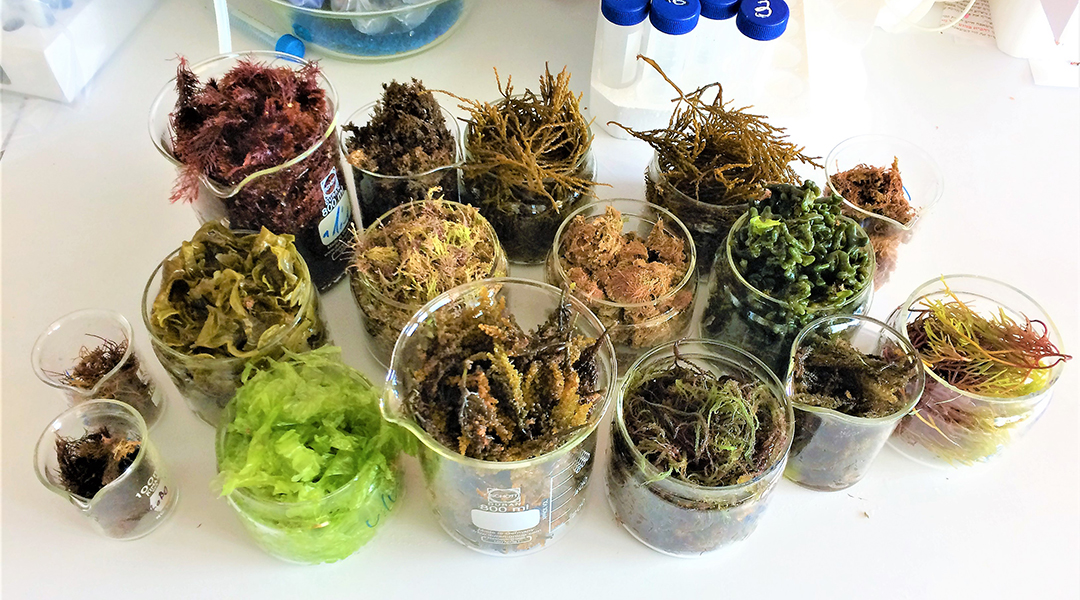
A new cultivation method enhances the concentration of valuable compounds in seaweeds with substantial environmental benefits.

Though important, there are trade-offs to achieving the UN’s sustainable development goals when it comes to carbon capture and utilization.
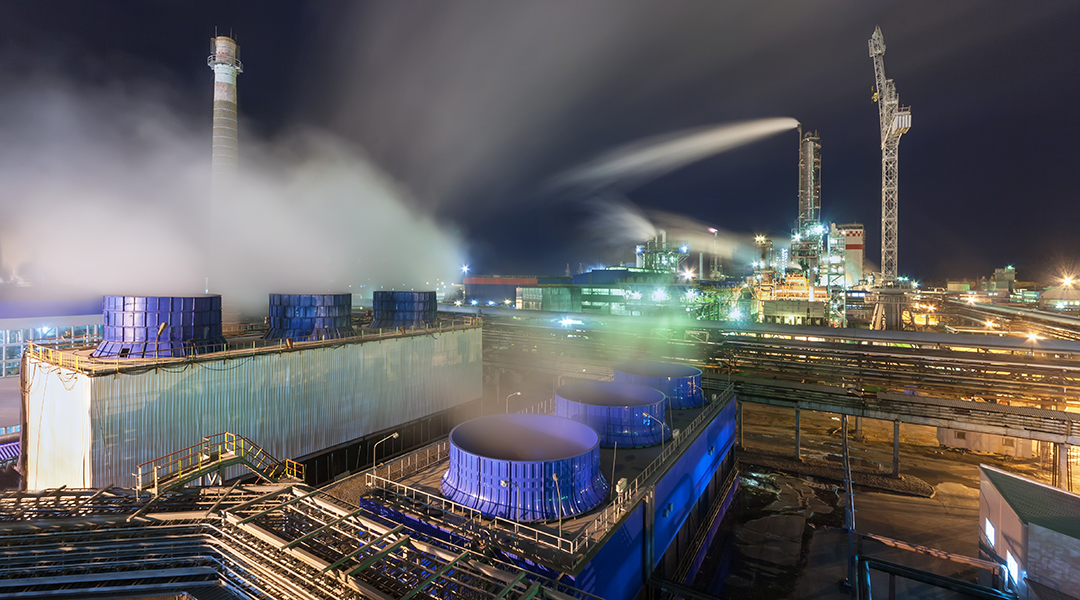
With a fossil fuel–derived climate catastrophe on our doorstep, many see ammonia as a possible alternative fuel source.

The production of kerosene directly from carbon dioxide and water promises to be a game-changer in the energy field.

An MOF filters methane, nitrogen, and carbon dioxide from natural gas with record-breaking selectivity under practical conditions.
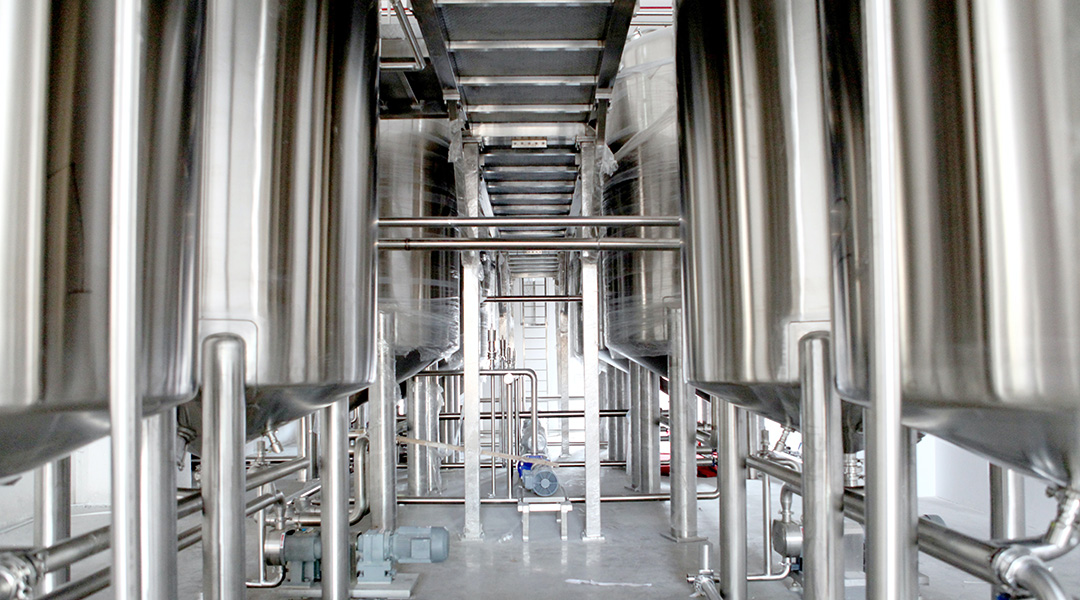
A new chemical looping approach helps optimize the Ostwald reaction, making the production of nitric acid a little “greener”.
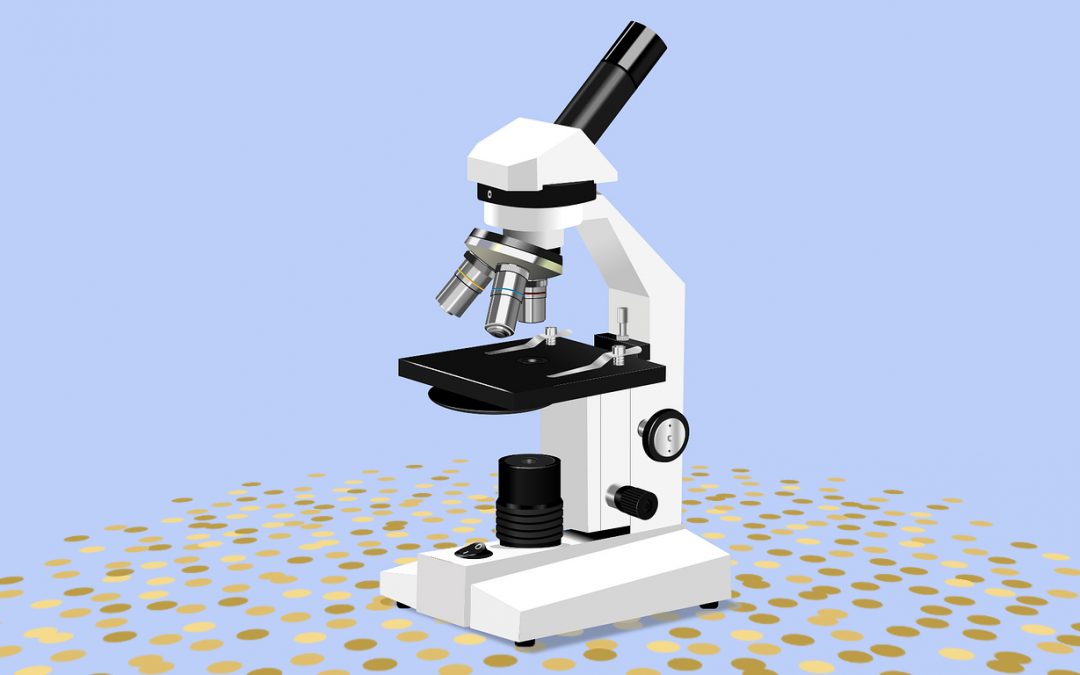
Catch up on some of the most exciting and impactful developments in science from this year, published on ASN and selected by our editors.
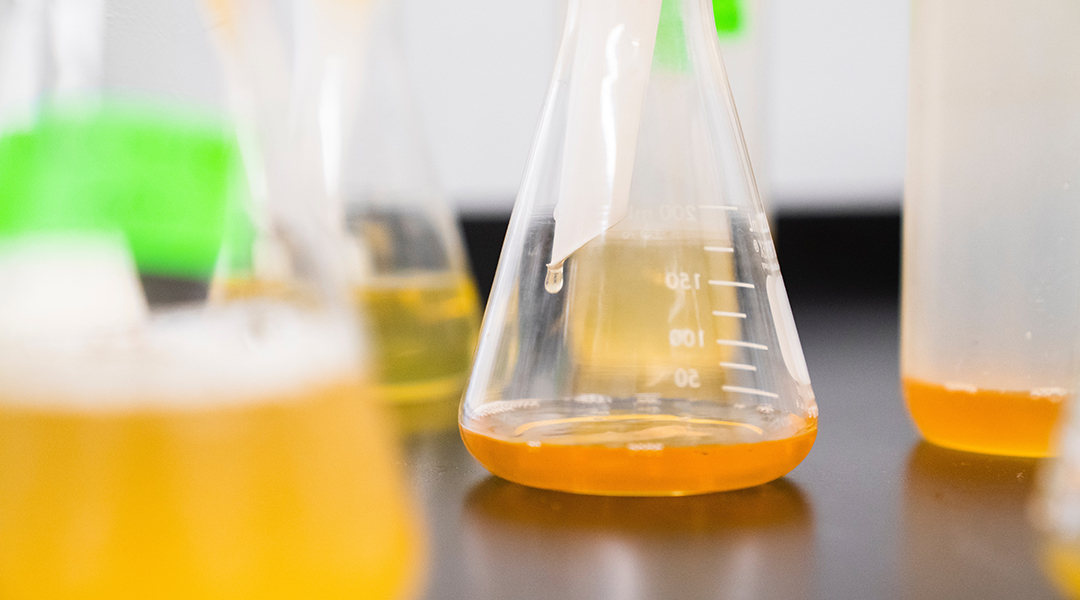
Exploring how scientists can develop efficient, solar-powered reactions to convert carbon dioxide to useful chemical feedstocks.